Home>Dining>Tableware>What Happens If You Put Silverware In The Microwave
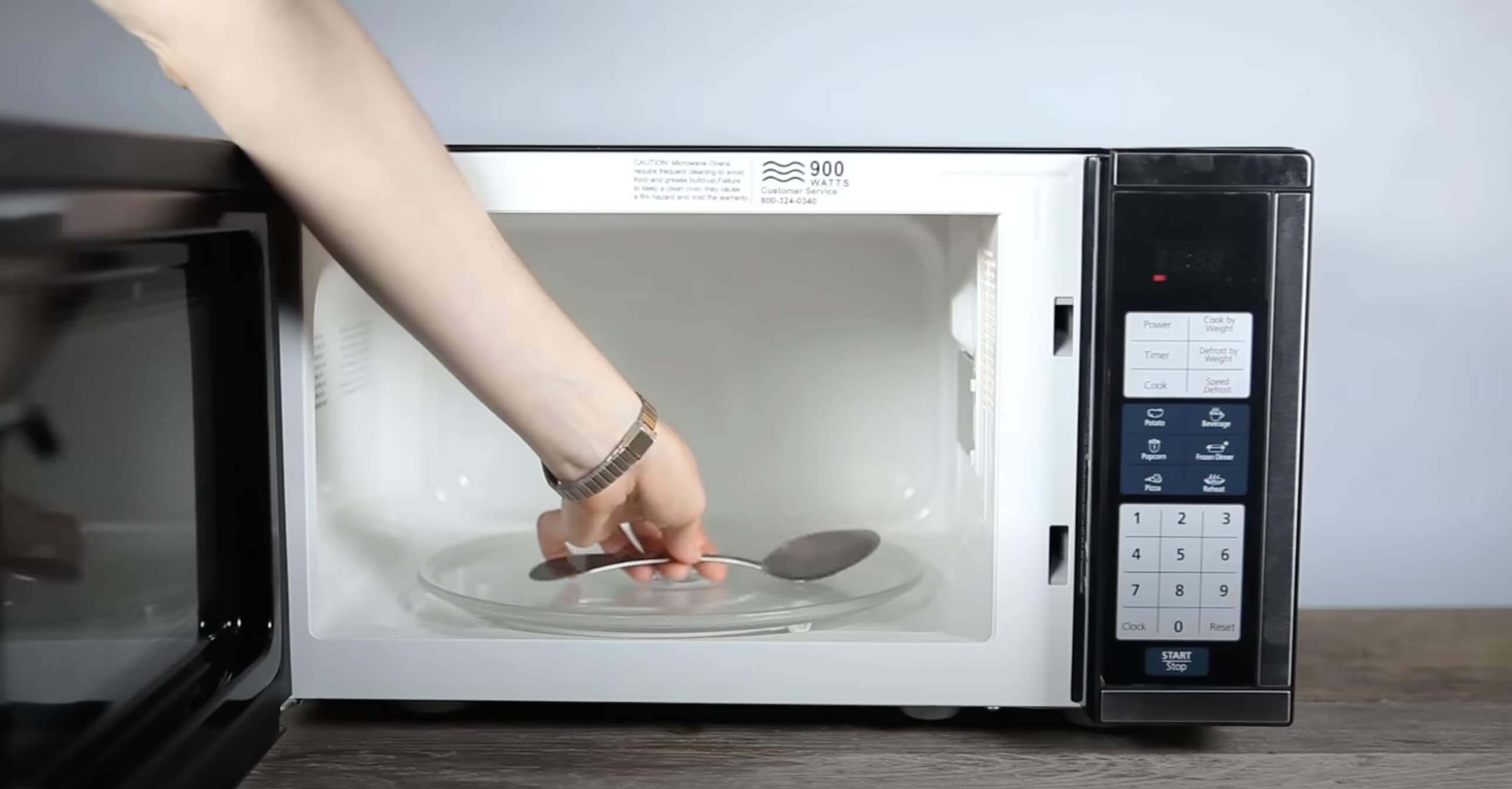

Tableware
What Happens If You Put Silverware In The Microwave
Modified: January 19, 2024
Curious about the consequences of microwaving tableware? Find out what happens if you put silverware in the microwave and avoid potential mishaps.
(Many of the links in this article redirect to a specific reviewed product. Your purchase of these products through affiliate links helps to generate commission for Storables.com, at no extra cost. Learn more)
Introduction
Welcome to the world of tableware! Whether you’re a novice or a seasoned home cook, you’ve probably come across a wide variety of silverware in your kitchen. From elegant cutlery sets to sturdy stainless steel utensils, silverware plays a crucial role in our daily dining experiences.
But what happens if you put silverware in the microwave? Can you safely heat up your favorite forks, spoons, and knives without causing any harm? In this article, we will explore the properties of silverware and its compatibility with microwave ovens.
Before we delve into the potential risks and consequences, let’s take a closer look at the materials used in manufacturing silverware. Understanding the composition of these items will help us make informed decisions about their use in microwave ovens.
Key Takeaways:
- Avoid putting silverware in the microwave to prevent sparking, uneven heating, and potential damage to both the utensils and the appliance. Stick to microwave-safe materials for a worry-free cooking experience.
- Follow safety precautions and best practices to protect your microwave and silverware. Opt for stainless steel utensils and microwave-safe alternatives, and regularly inspect and clean your microwave for optimal performance.
Understanding the Properties of Silverware
Before we discuss the effects of microwaves on silverware, it’s important to understand the properties of the materials commonly used in the manufacturing of these items.
Silverware typically encompasses a wide range of metals, including stainless steel, silver-plated, and sterling silver. Each type of silverware has its own unique characteristics that influence its behavior when exposed to heat.
Stainless steel is the most common material used for everyday silverware. It consists of a combination of iron, chromium, and nickel. Stainless steel is known for its durability, resistance to corrosion, and ability to withstand high temperatures.
Silver-plated silverware is made by coating a base metal, such as brass or nickel, with a thin layer of silver. This type of silverware has an elegant appearance but is more susceptible to tarnish and damage compared to stainless steel.
Sterling silver, on the other hand, is composed of 92.5% pure silver and 7.5% copper or other alloys. Sterling silver utensils are considered high-quality and often used for special occasions. However, they require regular polishing to prevent tarnishing.
The Effects of Microwaves on Silverware
When it comes to heating silverware in the microwave, it’s important to take note of the materials and properties of the utensils. In general, it is not recommended to put metal objects, including silverware, in the microwave.
Microwaves work by emitting electromagnetic radiation that heats up food through a process called dielectric heating. The microwaves cause water molecules in the food to vibrate, generating heat and cooking the food from the inside out. However, when metallic objects are placed inside the microwave, they can reflect the microwaves and cause sparking or even fires.
Stainless steel, being a non-reactive and microwave-safe metal, may not cause sparks, but it can still affect the heating process. The metal can act as a shield, preventing the microwave radiation from reaching the food efficiently and resulting in uneven heating or hot spots. This can potentially lead to undercooked or overcooked food.
Silver-plated silverware, which contains a layer of silver on top of a base metal, can be particularly problematic in the microwave. The silver coating can melt or react with the food, causing damage to the utensil and potentially contaminating the food.
As for sterling silver, it is highly not recommended to put it in the microwave. The high heat generated by the microwave can cause the silver to melt or tarnish. Additionally, the interaction between the silver and the food can result in chemical reactions that may affect the taste and quality of the food.
To avoid any potential risks or damage, it is best to remove all silverware, especially those containing any metallic coating or silver, from the microwave before heating your food.
Potential Risks of Putting Silverware in the Microwave
While it’s tempting to take shortcuts when it comes to heating our food, putting silverware in the microwave can pose several risks. It’s important to be aware of these risks to ensure the safety of both ourselves and our kitchen appliances.
One of the main risks of placing silverware in the microwave is the potential for fires or sparking. When metal objects, such as silverware, come into contact with the microwaves, they can create an electric arc, resulting in sparks and potential damage to the microwave and surrounding area. Not only can a fire start, but it can also cause irreparable damage to the microwave, leading to costly repairs or the need for a replacement.
Another risk is the potential for damage to the silverware itself. The intense heat generated by the microwave can cause silver-plated silverware to melt or become warped. Sterling silver utensils can tarnish or lose their shine due to the high temperatures. This can diminish the aesthetic appeal of the silverware and may even render it unusable.
In addition to physical damage, there is also the risk of chemical reactions between the silverware and the food. Silver-plated silverware contains a coating of silver that can react with certain foods, especially those that are acidic or contain sulfides. This can result in discoloration or a metallic taste in the food. Furthermore, if the silver coating becomes damaged or flakes off, there is a risk of ingesting small amounts of metal, which can be harmful to health.
Lastly, the uneven heating caused by metal objects in the microwave can lead to undercooked or overcooked food. This can result in foodborne illnesses from consuming undercooked meat or poultry, as well as a loss of taste and texture from overcooked vegetables or reheated leftovers.
Given these potential risks, it’s crucial to follow best practices when using the microwave and refrain from putting silverware or any metal objects inside.
Never put silverware in the microwave as it can cause sparks, damage the microwave, and create a fire hazard. Always use microwave-safe dishes and utensils.
Possible Damage to the Microwave
Putting silverware in the microwave not only poses risks to the utensils but also to the microwave itself. The high heat and electromagnetic radiation emitted by the microwave can cause various types of damage to the appliance.
One of the primary concerns is the potential for sparking and electrical arcs. When metal objects, such as silverware, come into contact with the microwaves, they can create a discharge of electricity, resulting in sparks. These sparks can cause damage to the interior of the microwave, including the walls, turntable, and the microwave’s delicate electronic components.
Furthermore, the intense heat generated from the microwave can cause the silverware to become extremely hot. When the heated silverware comes into prolonged contact with the microwave’s internal surfaces, it can transfer heat and potentially cause damage. This can result in melting or warping of plastic components, such as the microwave’s door, control panel, or even the microwave-safe dishes inside.
In some cases, placing silverware in the microwave can result in overheating of the appliance. When the metal objects block or reflect the microwaves, the energy is not efficiently absorbed by the food. As a result, the microwave’s internal components, such as the magnetron or fan, might be subjected to excess heat. This can lead to malfunctions or even complete failure of the microwave.
Additionally, the chemical reactions that can occur between certain foods and the silver coating on silver-plated silverware can produce residue or fumes that might cause staining or damage to the interior of the microwave. Over time, this can lead to a buildup of residue or odors that are difficult to remove and may negatively impact the performance of the microwave.
Therefore, to protect the microwave from potential damage, it’s essential to avoid putting silverware in the microwave and to follow the manufacturer’s guidelines for safe and appropriate use of the appliance.
Read more: What Happens If You Put Weed In The Freezer
Safety Precautions and Best Practices
To ensure the safety of yourself, your kitchen appliances, and your silverware, it’s important to follow these safety precautions and best practices:
- Read the manufacturer’s instructions: Before using your microwave, carefully read the user manual to understand its limitations and safety guidelines. Follow the manufacturer’s instructions and warnings regarding the use of metal objects, including silverware.
- Remove all metal objects: Always remove all silverware and other metal objects from the microwave before operating it. This includes any utensils, including forks, spoons, knives, and even aluminum foil or metal food containers.
- Use microwave-safe alternatives: If you need to heat or cook food that requires utensils, opt for microwave-safe materials like glass, ceramic, or microwave-safe plastics. These materials are designed to withstand the heat generated by microwaves and do not pose a risk of sparking or damaging the microwave.
- Inspect your silverware: Check the composition and construction of your silverware. Avoid using silver-plated or sterling silver utensils in the microwave, as they can be damaged or cause undesirable reactions with the food. Stick to microwave-safe stainless steel utensils if needed.
- Monitor your microwave: While the microwave is in operation, keep a close eye on it. If you observe any sparking, unusual noise, or smell, immediately stop the microwave and carefully inspect for any metal object or other potential causes of the issue.
- Regular maintenance: Clean your microwave regularly to remove any accumulated residue or debris. Follow the manufacturer’s recommendations for cleaning and maintenance to ensure optimal performance and longevity of the appliance.
By implementing these safety measures and best practices, you can avoid hazards, reduce the risk of damage to your microwave, and enjoy a worry-free cooking experience in your kitchen.
Conclusion
In conclusion, it is not advisable to put silverware in the microwave. While stainless steel utensils may not cause sparking or fires, they can still result in uneven heating and potential damage to the microwave and the food. Silver-plated silverware, with its silver coating, is prone to melting, warping, and potential chemical reactions with certain foods. Sterling silver utensils should never be used in the microwave as they can tarnish or melt due to the high heat.
Putting silverware in the microwave also poses risks to the appliance itself. The interaction between metal objects and the microwaves can lead to sparking, electrical arcs, and damage to the microwave’s interior, including its electronic components. The intense heat generated by the microwave can also cause plastic components to melt or warp, and excessive heat can lead to malfunctions or complete failure of the appliance.
To ensure safety and prevent damage, it is important to follow safety precautions and best practices. Always remove silverware and other metal objects from the microwave before operating it. Use microwave-safe alternatives like glass, ceramic, or microwave-safe plastics for heating or cooking food. Regularly inspect and clean your microwave to maintain optimal performance.
By understanding the properties of silverware, the effects of microwaves on different materials, and implementing these safety measures, you can protect yourself, your kitchen appliances, and your silverware. Remember, when it comes to the microwave, it’s better to be safe than sorry.
So next time you’re heating up your favorite meals, remember to keep the silverware out of the microwave and enjoy a safe and hassle-free cooking experience.
Frequently Asked Questions about What Happens If You Put Silverware In The Microwave
Was this page helpful?
At Storables.com, we guarantee accurate and reliable information. Our content, validated by Expert Board Contributors, is crafted following stringent Editorial Policies. We're committed to providing you with well-researched, expert-backed insights for all your informational needs.
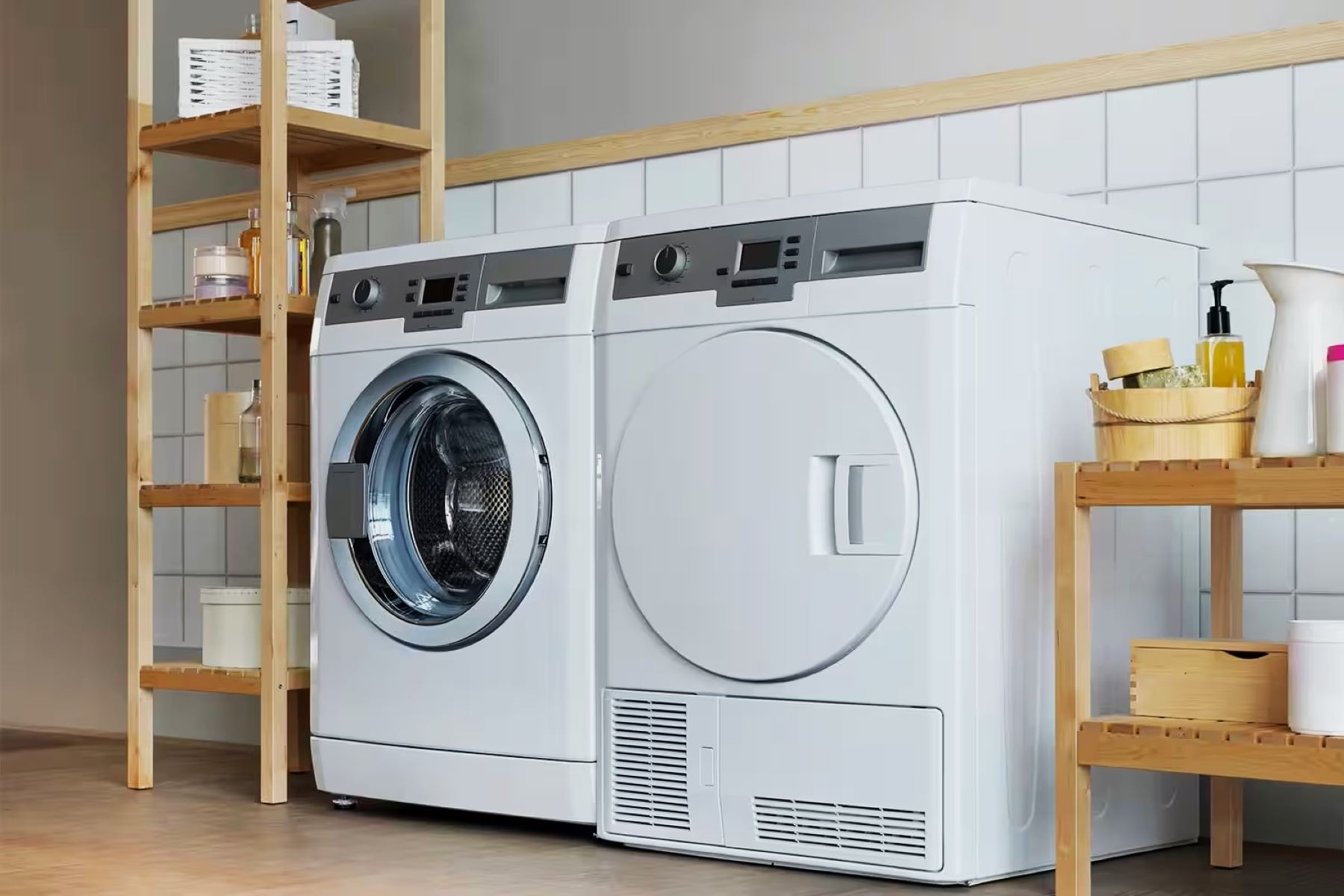
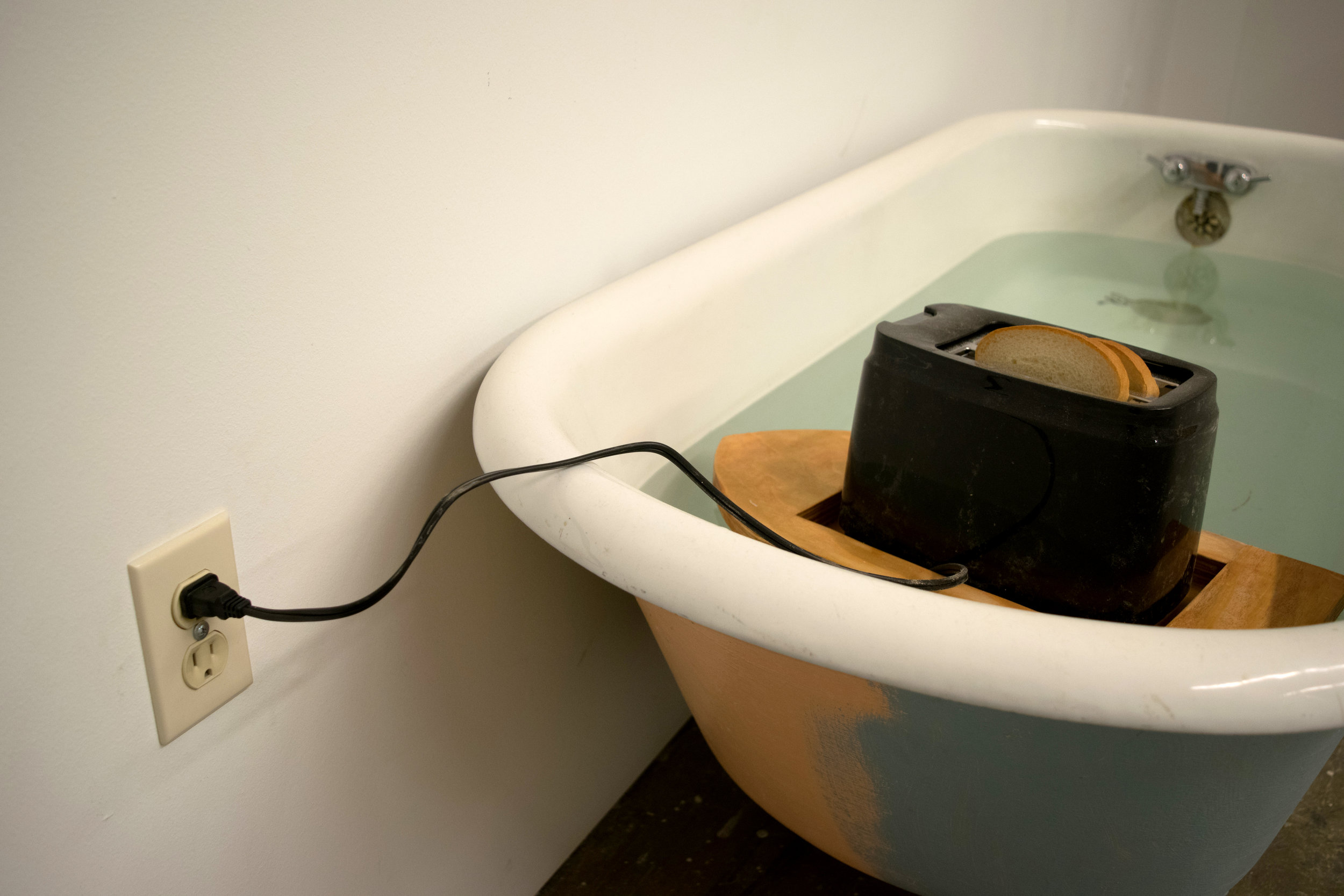
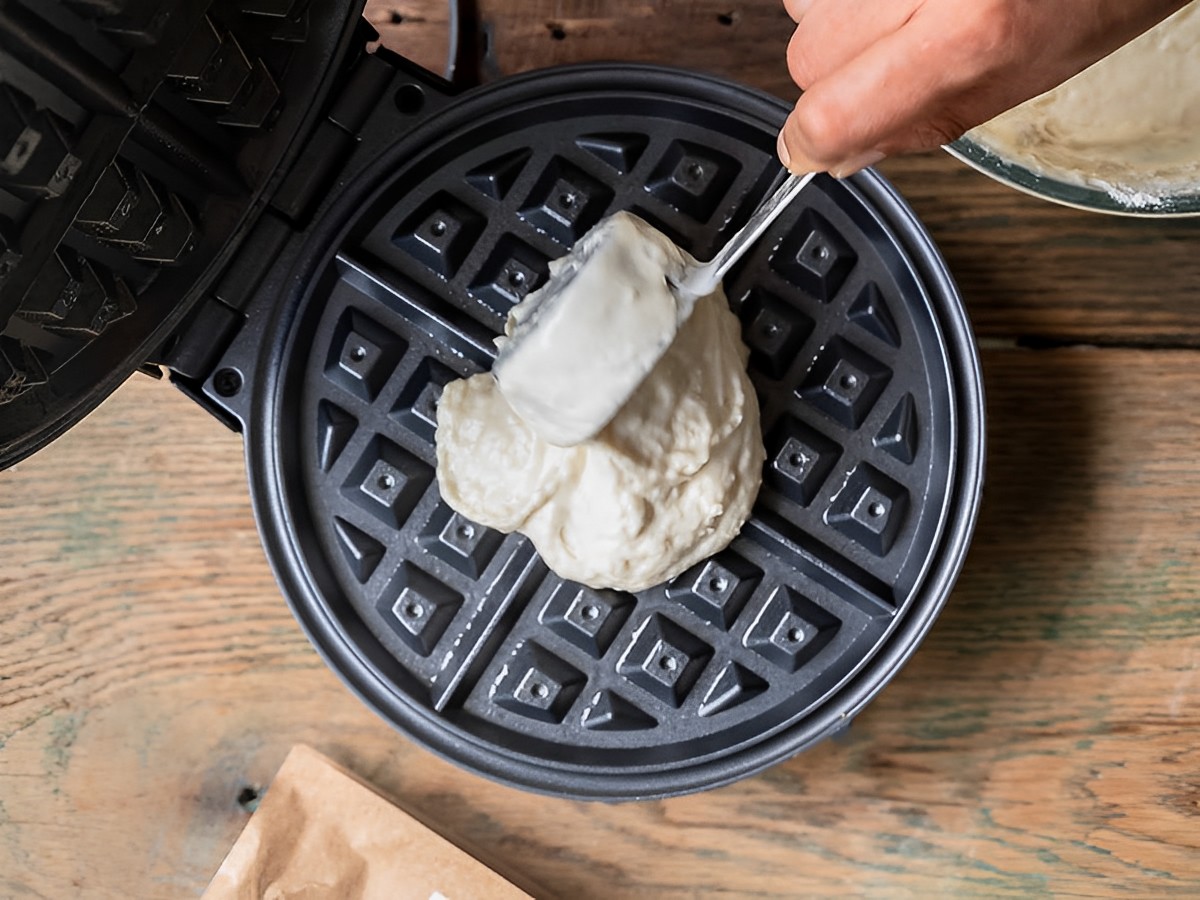
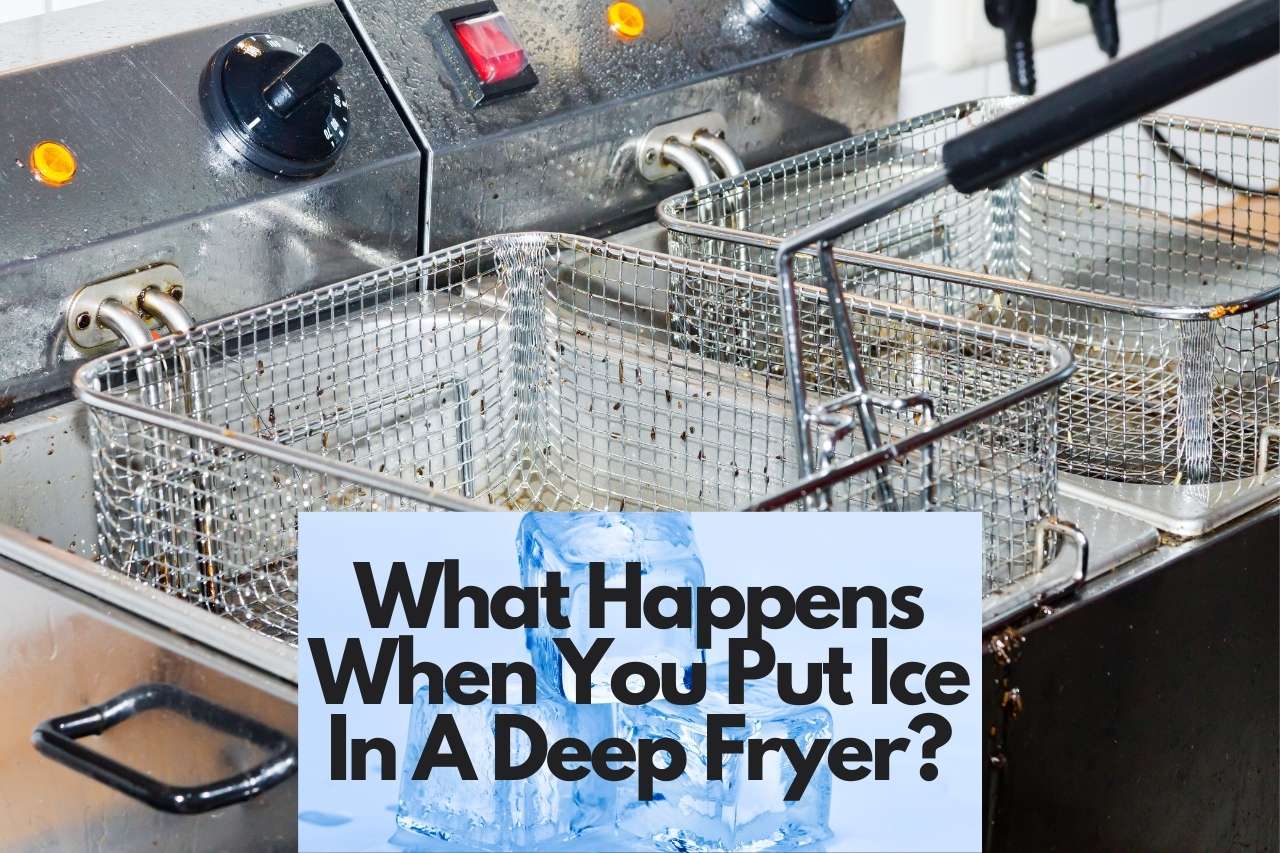
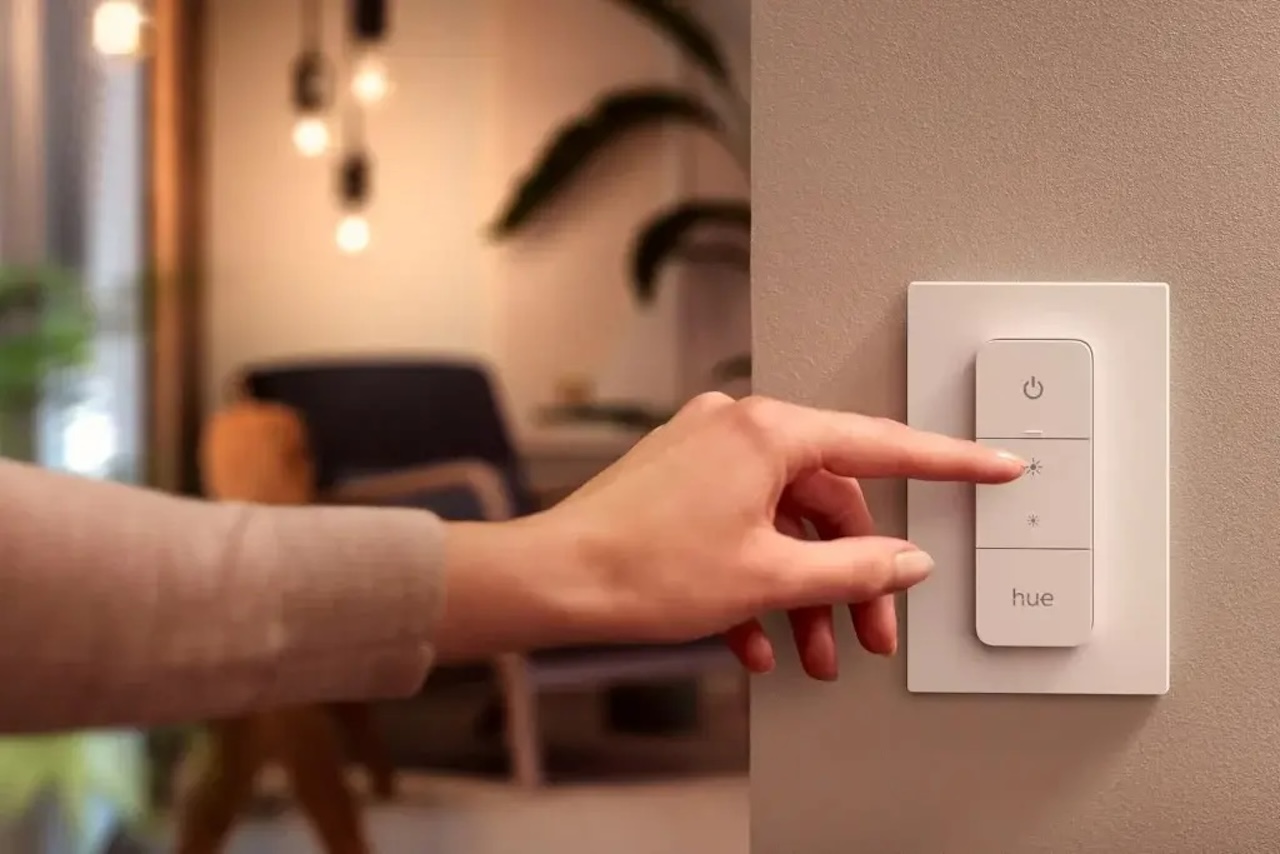
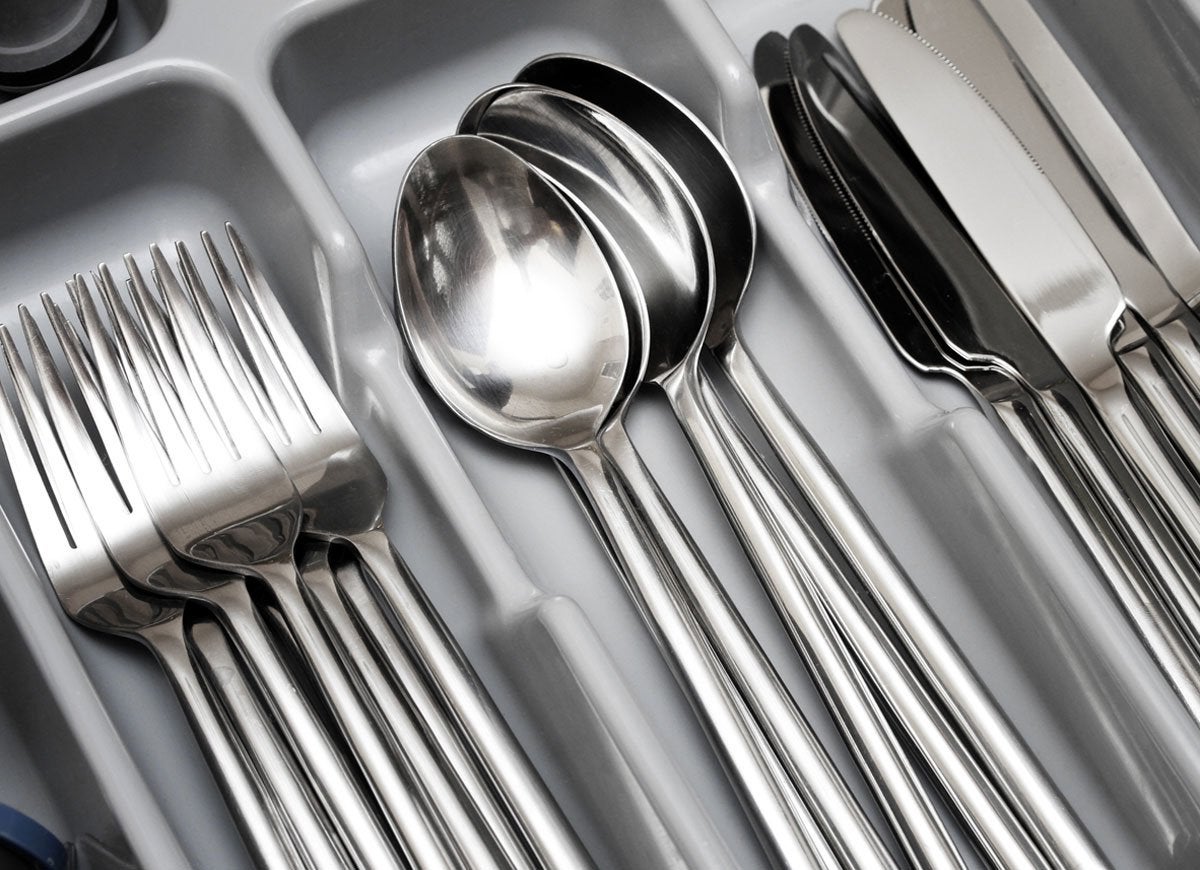
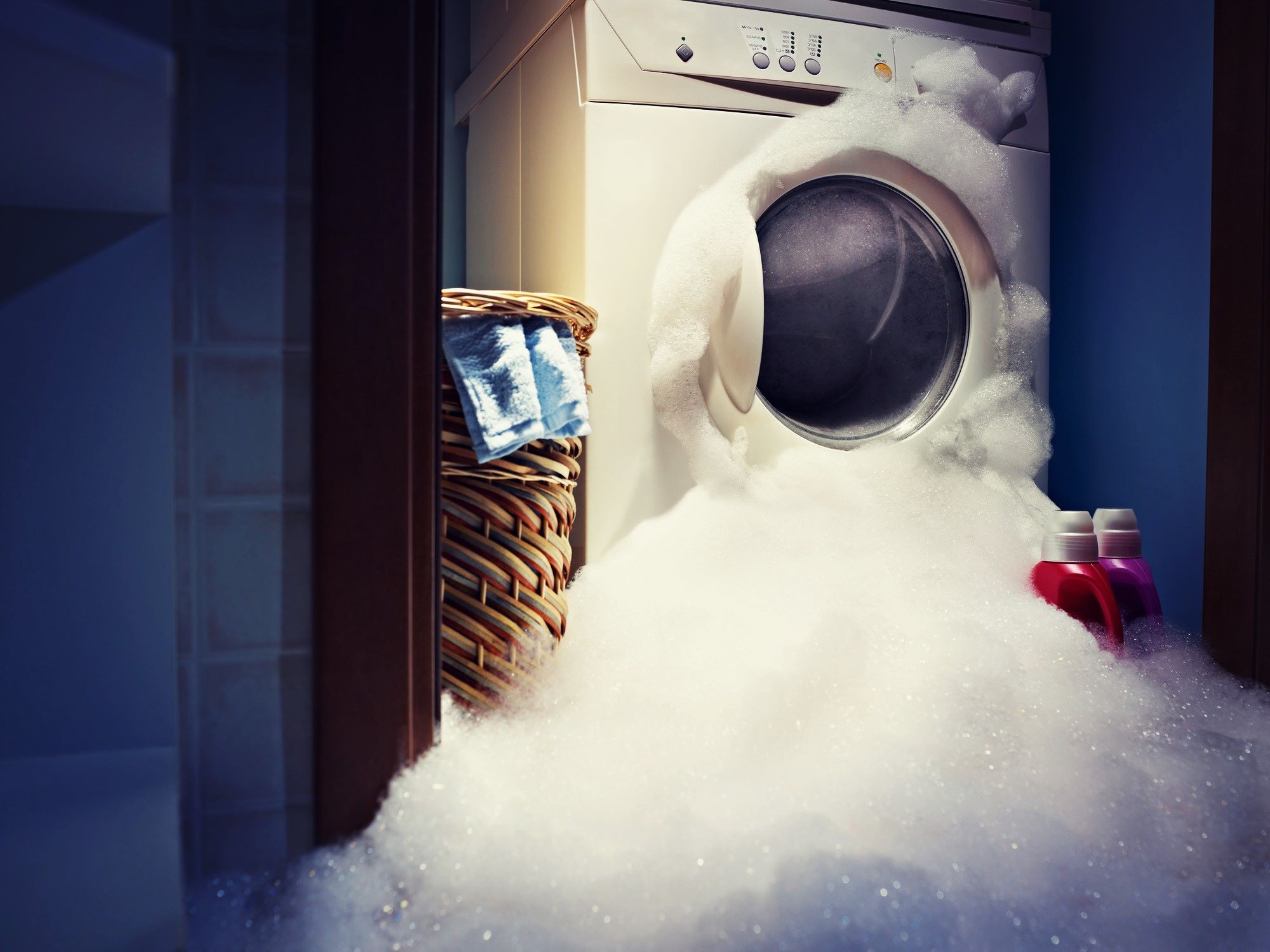
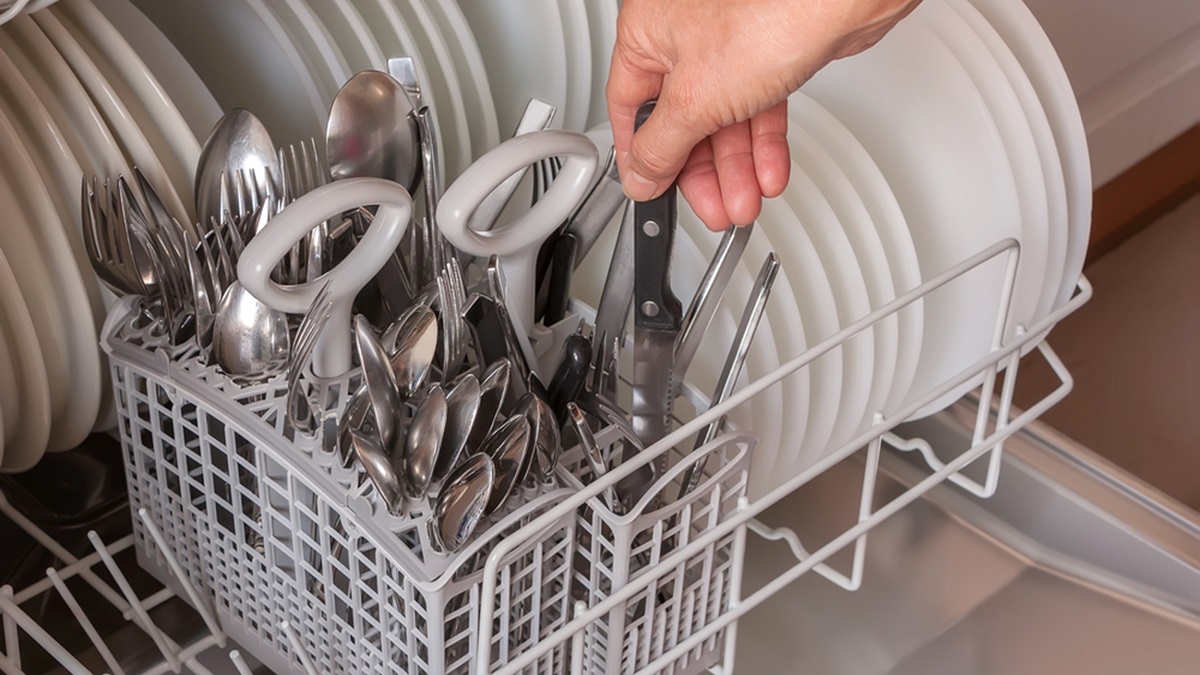
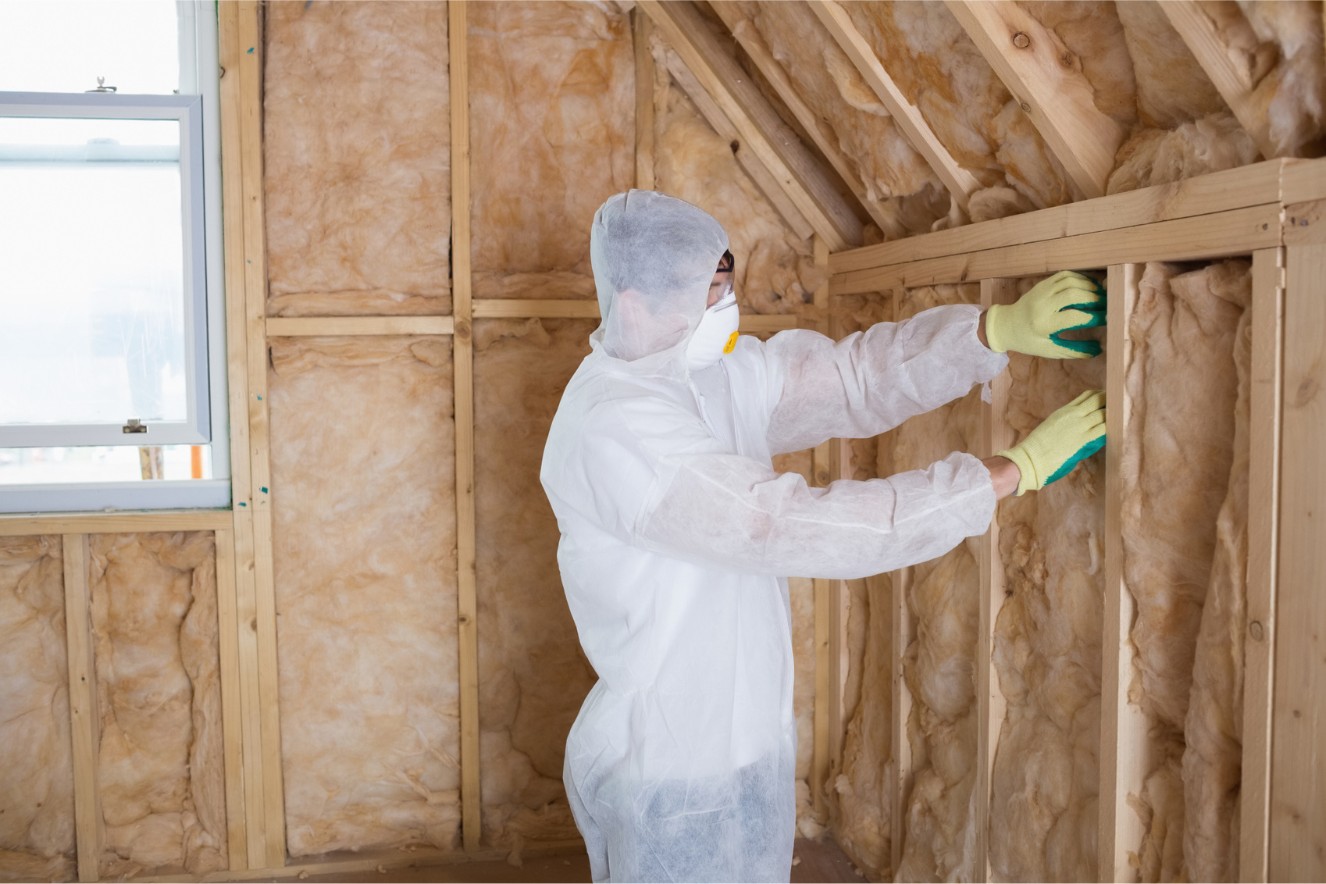
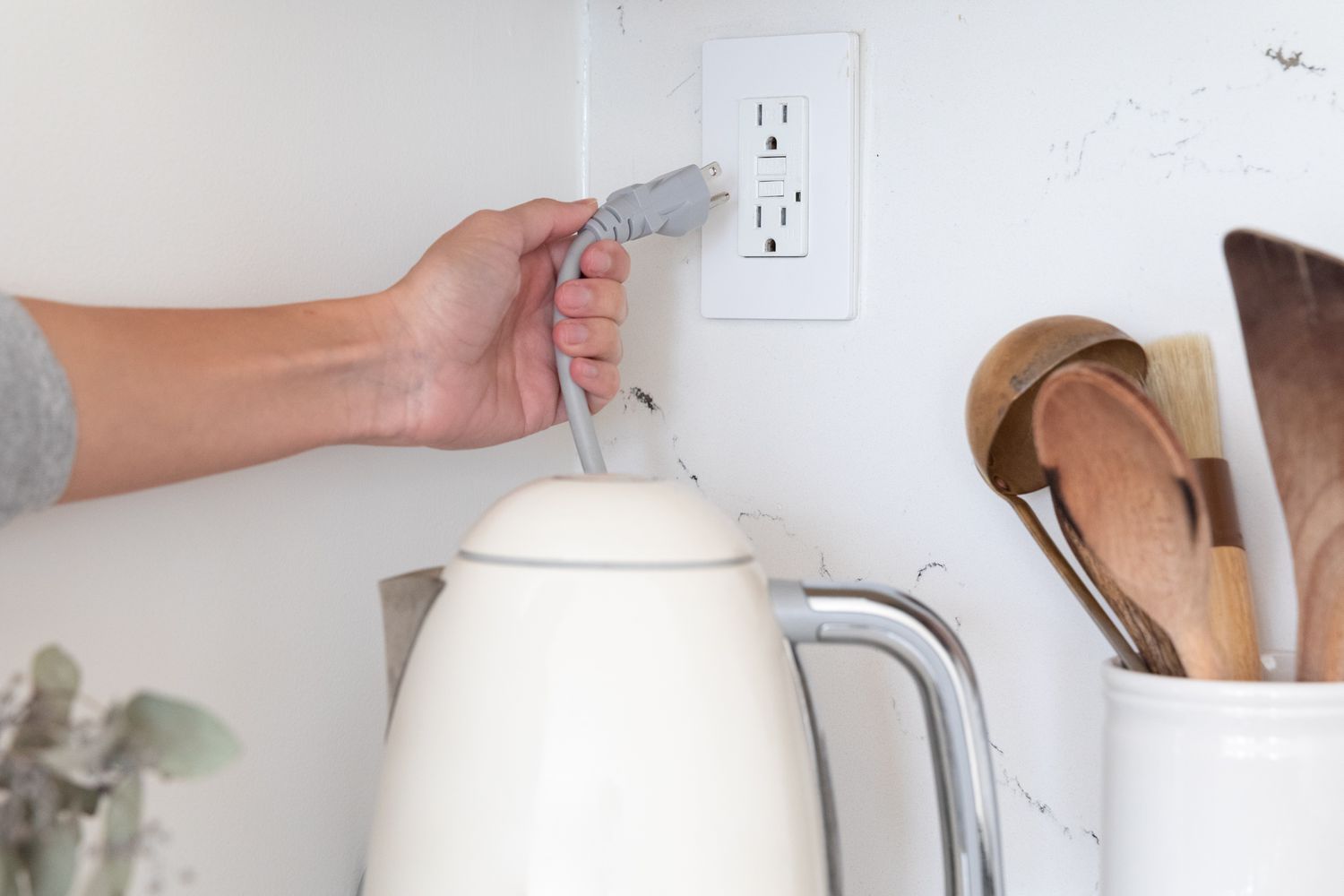
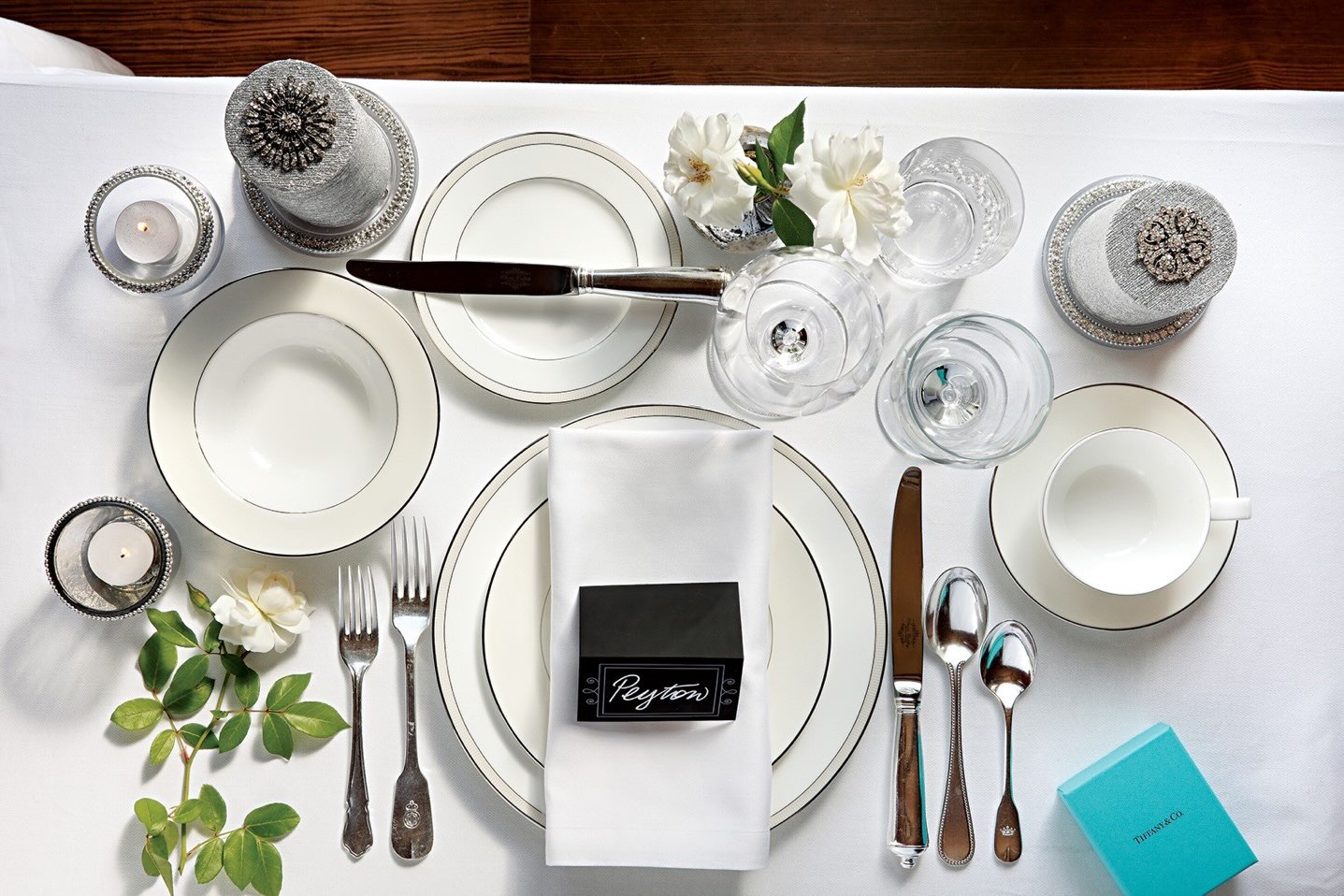
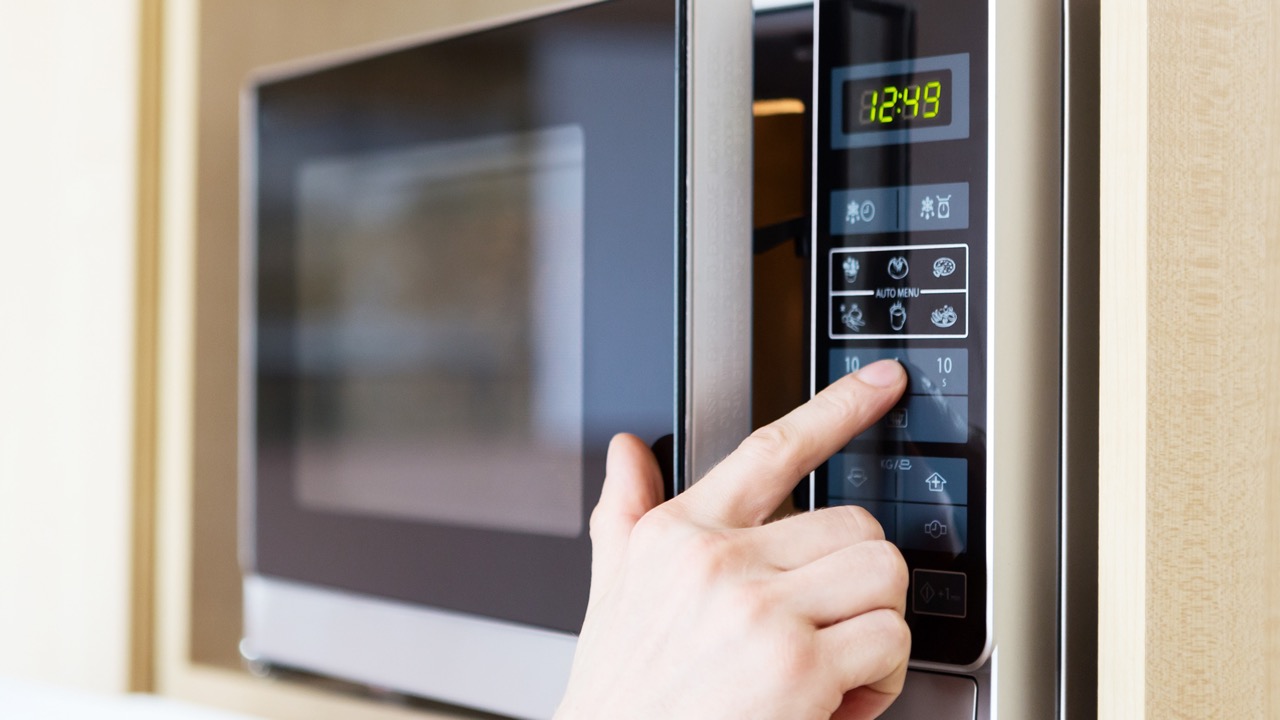

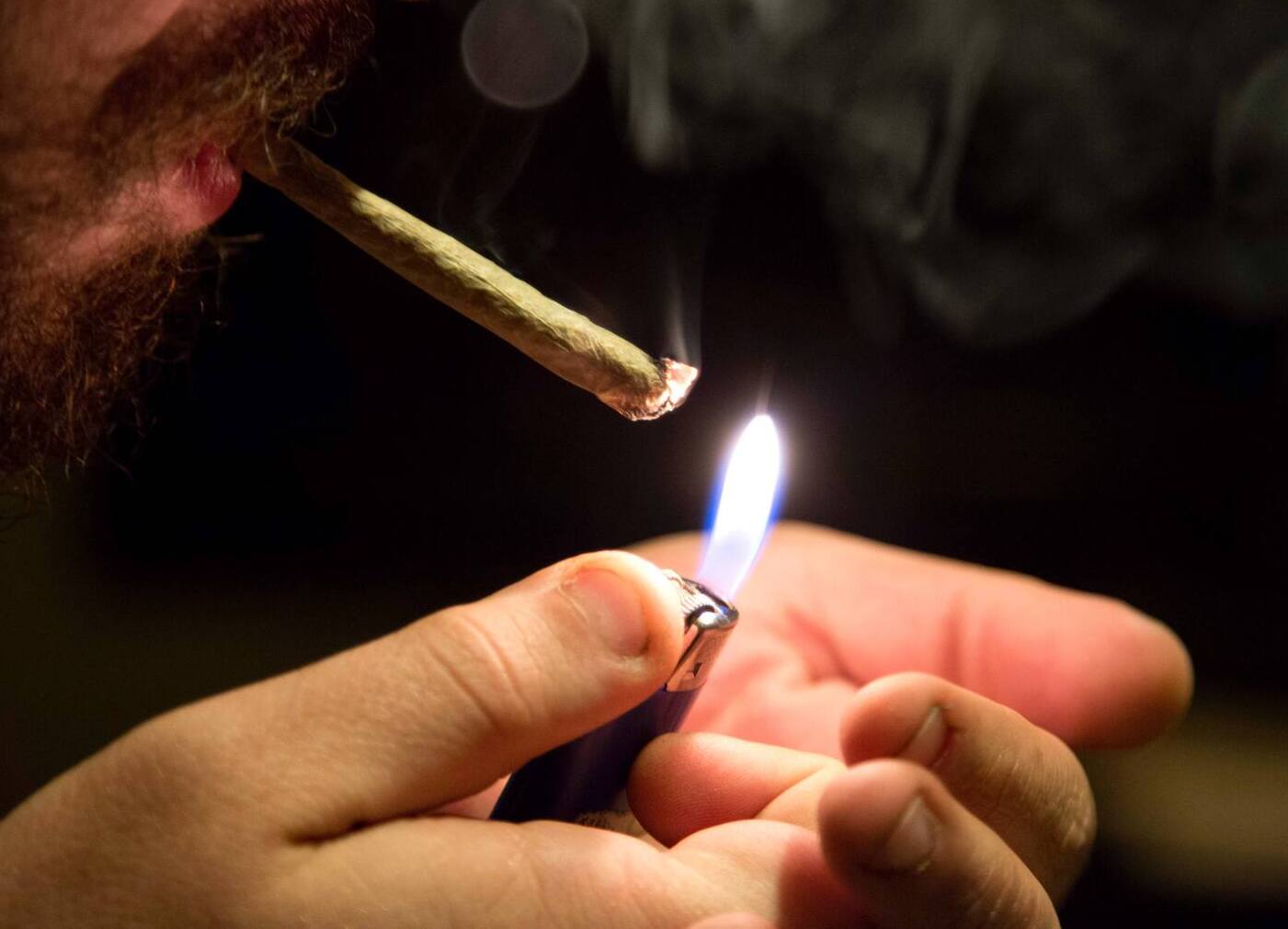

0 thoughts on “What Happens If You Put Silverware In The Microwave”